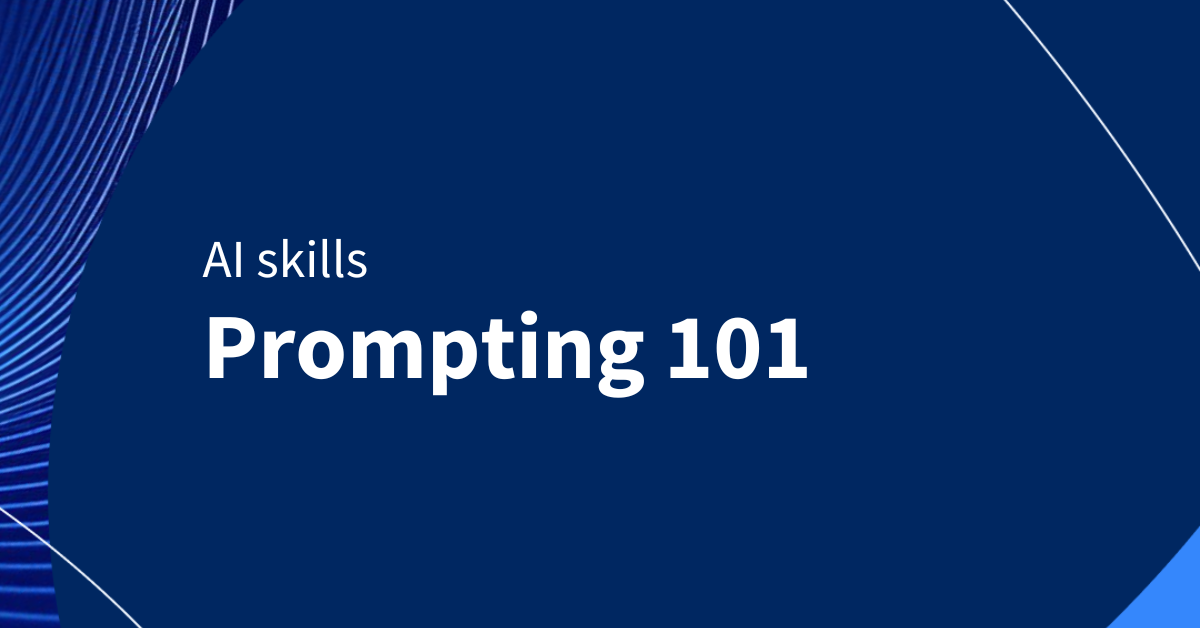In recent editions, we have been exploring various career paths, with a focus on areas such as business management, data analytics, and cybersecurity. This week, however, we take a broader approach by delving into the realm of AI skills, a topic that has wide-ranging applications across multiple fields.
AI, or artificial intelligence, might initially appear dauntingly technical. The term itself often conjures images of robots and complex machinery. Indeed, certain elements of AI are highly technical. For instance, aspiring AI engineers will need to become well-versed in programming languages such as Python and tools like LangChain. For those interested in pursuing this path, an insightful interview with Isaac Ke, an AI engineer at IBM, can provide valuable guidance on the necessary skills and strategies for entering this field.
For most of us, however, AI skills are not about constructing intricate systems but about leveraging practical applications. Tools like Google Gemini can be used to create simple yet effective solutions, such as a chore tracker. By enhancing your practical AI skills and becoming adept at using Generative AI (GenAI) tools, you can harness AI’s potential to save time and increase efficiency. According to a report by Visier, professionals who integrate GenAI into their workflows save an average of 1.75 hours each day.
The key to maximizing the benefits of GenAI lies in effective communication. When interacting with large language models (LLMs), which are AI systems designed to understand and generate human-like text, the quality of your input, or prompt, directly influences the quality of the output you receive. Fortunately, there are established guidelines for crafting high-quality prompts that can lead to better responses.
How to Effectively Use Prompts with LLMs
When you engage with an LLM, you will find that it can respond to a wide variety of queries. These systems are built to function conversationally, which means they’ll attempt to generate a response regardless of how you phrase your question. However, just as in conversations between people, there are more and less effective ways to communicate.
The concept of prompting involves crafting an input that directs the LLM on what type of response you are seeking. There are several prompting techniques that you can experiment with to improve your interaction with LLMs.
- Zero-shot prompting is a straightforward approach where you provide a brief instruction without any example to guide the output. This technique involves simply stating what you want the LLM to do.
Example: Draft an email to my physician’s office requesting to schedule an appointment for my annual check-up on October 14.
- One-shot prompting involves providing one example of the desired output style, while few-shot prompting offers two or more examples. These methods help the LLM understand the format and tone you wish to achieve. You would typically include an instruction, a review of the examples, the examples themselves, and then your request.
Example: Write a short, fun phrase to open a social media caption about my beach vacation. Review the examples provided and write in the same style.
- Hike: Climbing to the top!
- Game day: Rolling the dice!
- Beach vacation:
- Chain-of-thought prompting requires the AI to explain the reasoning behind its output, which is particularly useful for ensuring accuracy in logical and problem-solving tasks. This involves providing context, an example, and your request. If you don’t have an answer to provide, you can instruct the LLM to “Solve the problem in a step-by-step manner.”
Example: My household consumes 3 bags of frozen spinach per week, and I typically shop for groceries once a week. I purchase 3 bags of frozen spinach during each trip. Explain the steps involved in determining how many bags of spinach I should buy if I am unable to shop for 1.5 weeks.
Answer: You should buy 5 bags. To determine this, multiply 3 bags/week by 1.5 weeks (3 bags/week * 1.5 weeks = 4.5), then round up to the nearest whole number (5).
If the output from any of these methods is unsatisfactory, you should try rephrasing your prompt. This process, known as iteration, involves refining your prompt based on the output you receive to achieve a more precise result.
Continuing Your Learning Journey
If you find these prompting methods intriguing, consider exploring the Google AI Essentials course. This introductory course, which spans 9 hours, provides deeper insights into these techniques and more. Additionally, Vanderbilt University offers a Prompt Engineering Specialization for those interested in further enhancing their skills.
For hands-on experience with GenAI tools, the course "Use Generative AI as Your Thought Partner" by Jeff Maggioncalda, CEO of Coursera, is highly recommended. This course offers practical exercises to help you effectively incorporate AI into your daily tasks.
Lastly, for those looking to integrate AI into their careers, we have compiled a comprehensive list of top GenAI recommendations to guide you in this endeavor.
This concludes our focus on AI skills for this week. For more detailed information and resources, you may refer to the original article on Coursera.
For more Information, Refer to this article.

































